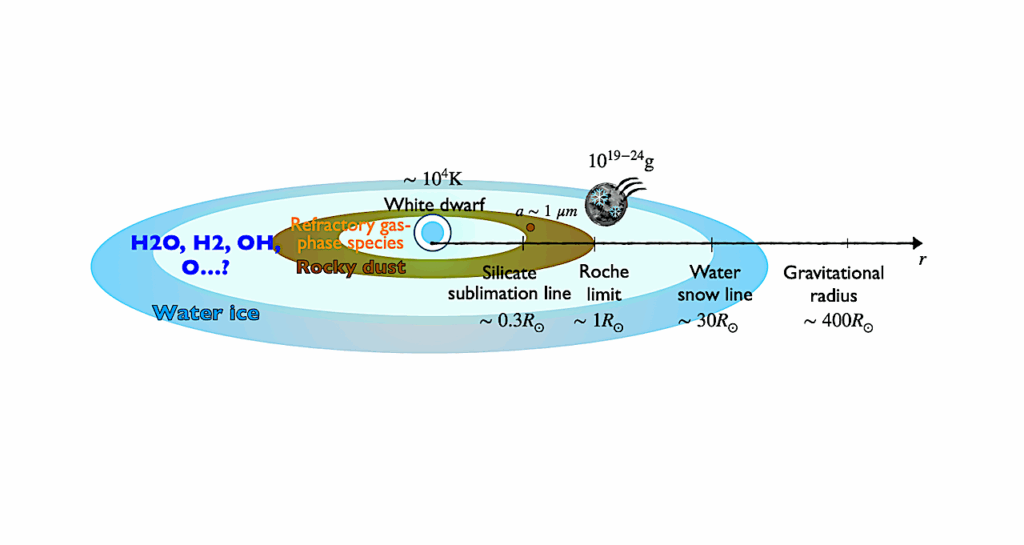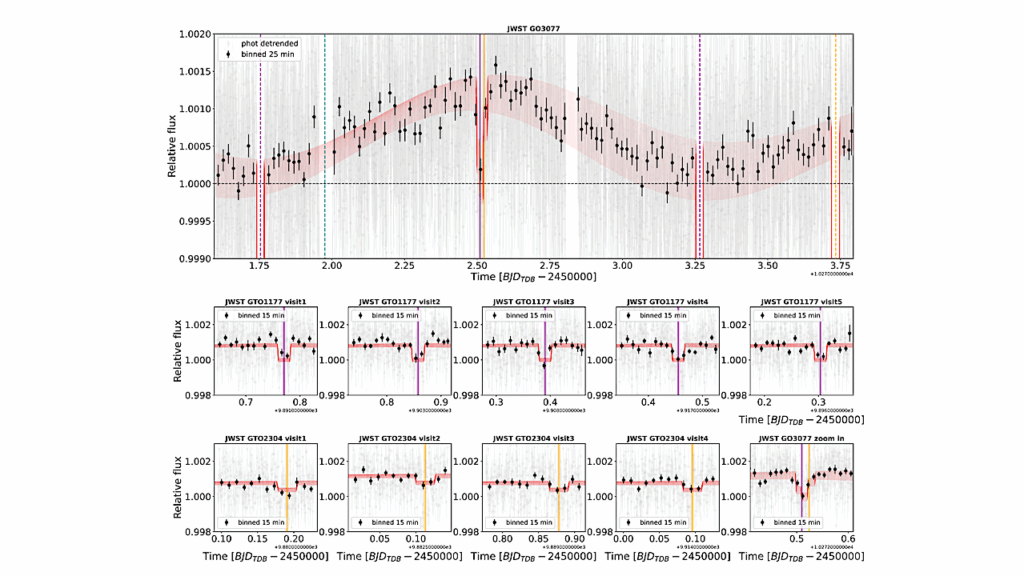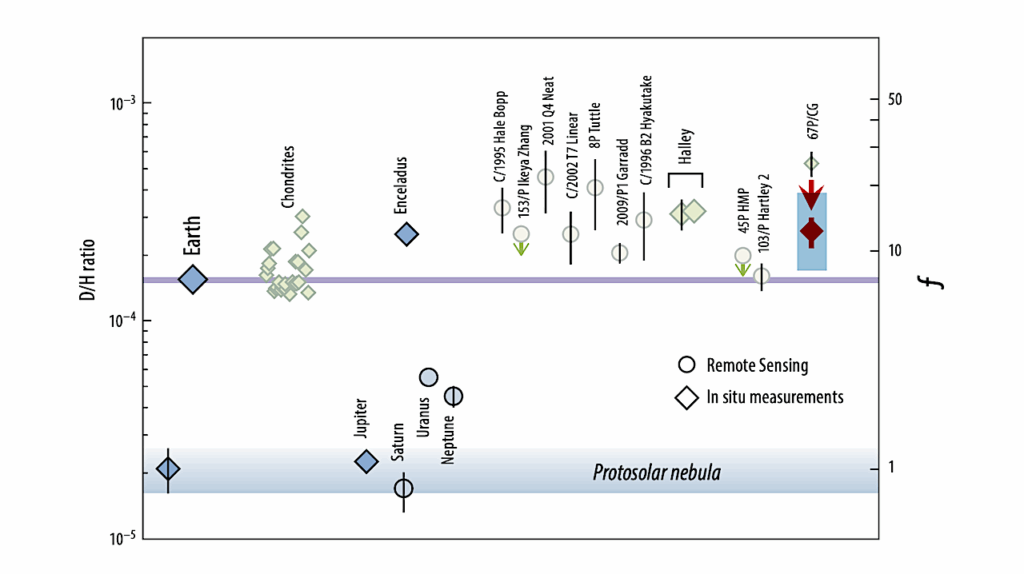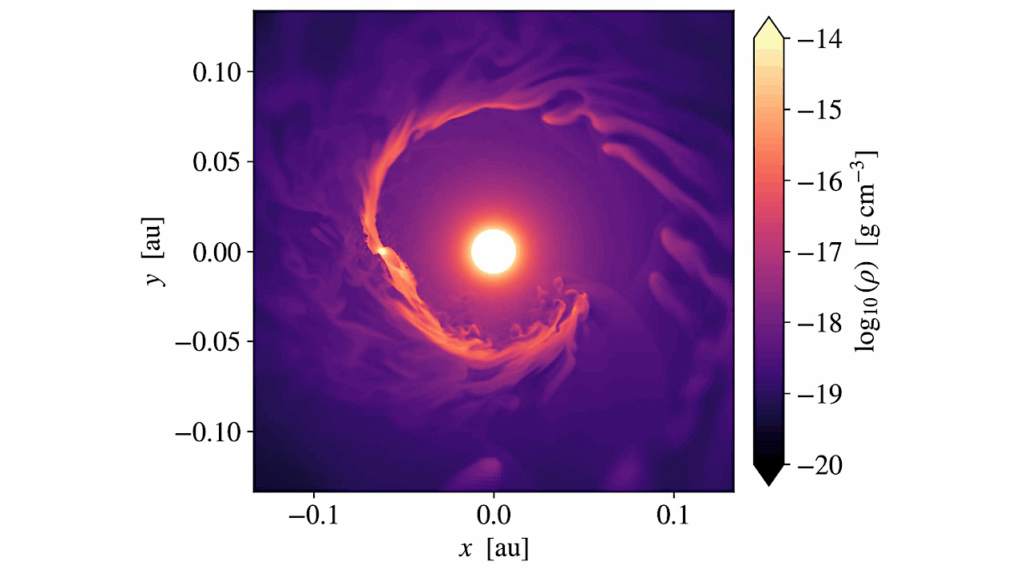The Diversity Of Exoplanetary Environments And The Search For Signs Of Life Beyond Earth
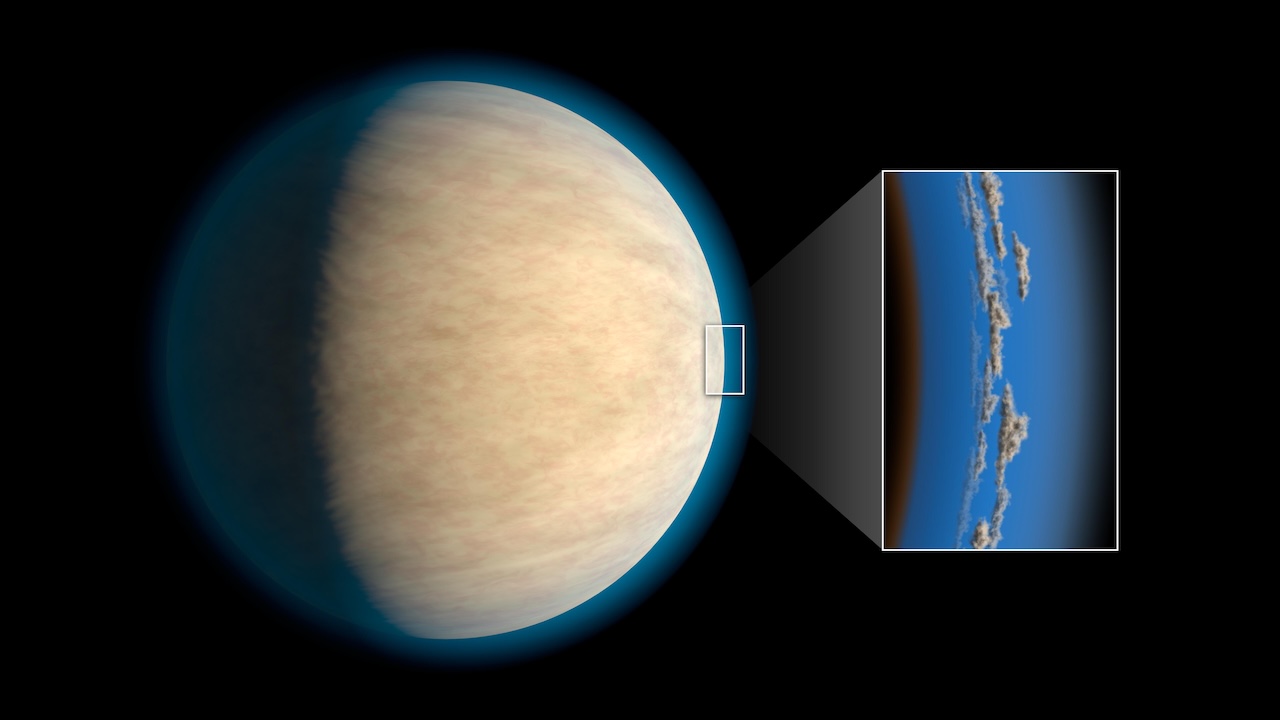
Thousands of exoplanets orbit nearby stars, showcasing a remarkable diversity in mass, size and orbits.
With the James Webb Space Telescope now operational, we are observing exoplanet atmospheres and aiming to reach down to small, habitable-zone exoplanets in search of signs of habitability and possibly even biosignature gases.
Given the scarcity of targets, it is imperative to embrace the known diversity and consider the range of exoplanets that might host life.
We review how Earth life interacts with various atmospheric gases, noting that bacteria can survive in high concentrations of gases such as H2, He, CO2 and CO. Additionally, we consider the potential for life in alternative solvents and in cloud biospheres where rocky surfaces are excessively hot, as well as in hypothesized planetary global oceans.
We highlight that life fundamentally requires metal ions for catalytic reactions, suggesting that environments without surface contact need meteoritic delivery to provide these essential elements. Despite today’s observational limits, a suite of next-generation telescopes is being designed specifically for exoplanet studies, promising to expand our capabilities and understanding in the future.
This article is part of the discussion meeting issue ‘Chance and purpose in the evolution of biospheres’.
The diversity of exoplanetary environments and the search for signs of life beyond Earth
Posted last night: Getting A NASA Grant Just Became Overtly Political
https://nasawatch.com/trumpspace/getting-a-nasa-grant-just-became-overtly-political/
Modelling Exo-biospheres For Biosignature Predictions
Philosophical Transactions of the Royal Society B: Biological Sciences via PubMed
[Left] Early Venus [Right] Present day Venus — NASA larger images
Searching for signs of alien life-biosignatures-on distant planets requires general hypotheses on the evolution of biospheres, and how life interacts with and influences its planet.
We will not be able to visit a distant planet to directly observe any alien life and thus measuring properties of a biosphere such as organism abundance or reproduction rate is impossible.
This paper provides an overview of two life-environment coupled models and analyses how their results might aid in guiding our search for biosignatures. The first model is of a simple methanogen biosphere and demonstrates that the ‘strength’ (i.e. the concentration of a gas in the atmosphere) of the biosignature is only very minimally impacted by the population dynamics of the biosphere.
This reduces the number of assumptions needed to predict biosignatures for a given metabolic pathway. The second model is of an evolving life-environment coupled system-the Tangled Nature model-and demonstrates that the most probable trajectory for an exo-biosphere is to diversify over time owing to a mechanism known as sequential selection with memory. These models can inform our search for alien life in the galaxy.
This article is part of the discussion meeting issue ‘Chance and purpose in the evolution of biospheres’.
Modelling exo-biospheres for biosignature predictions, Philosophical Transactions of the Royal Society B: Biological Sciences via PubMed
Astrobiology,


